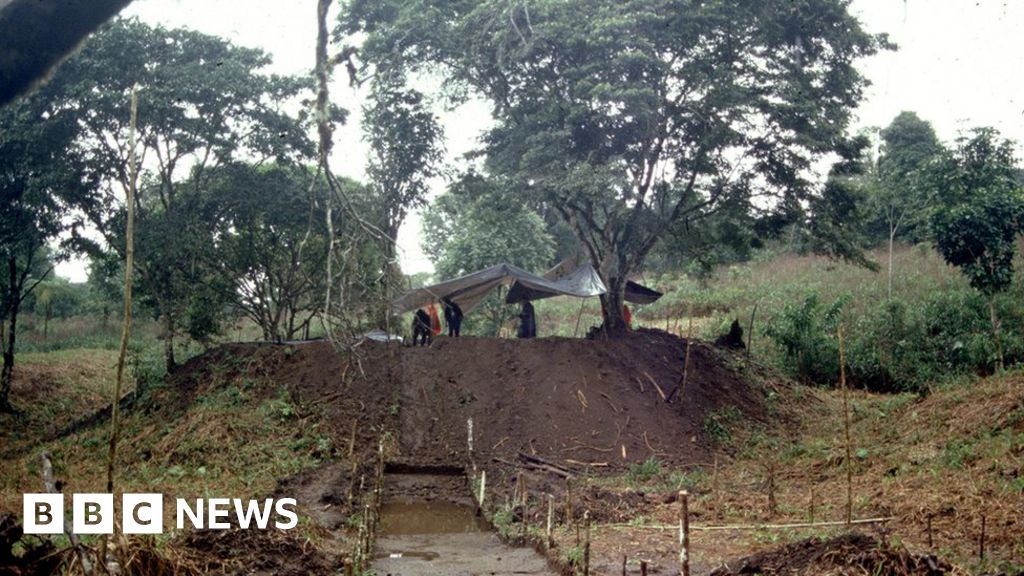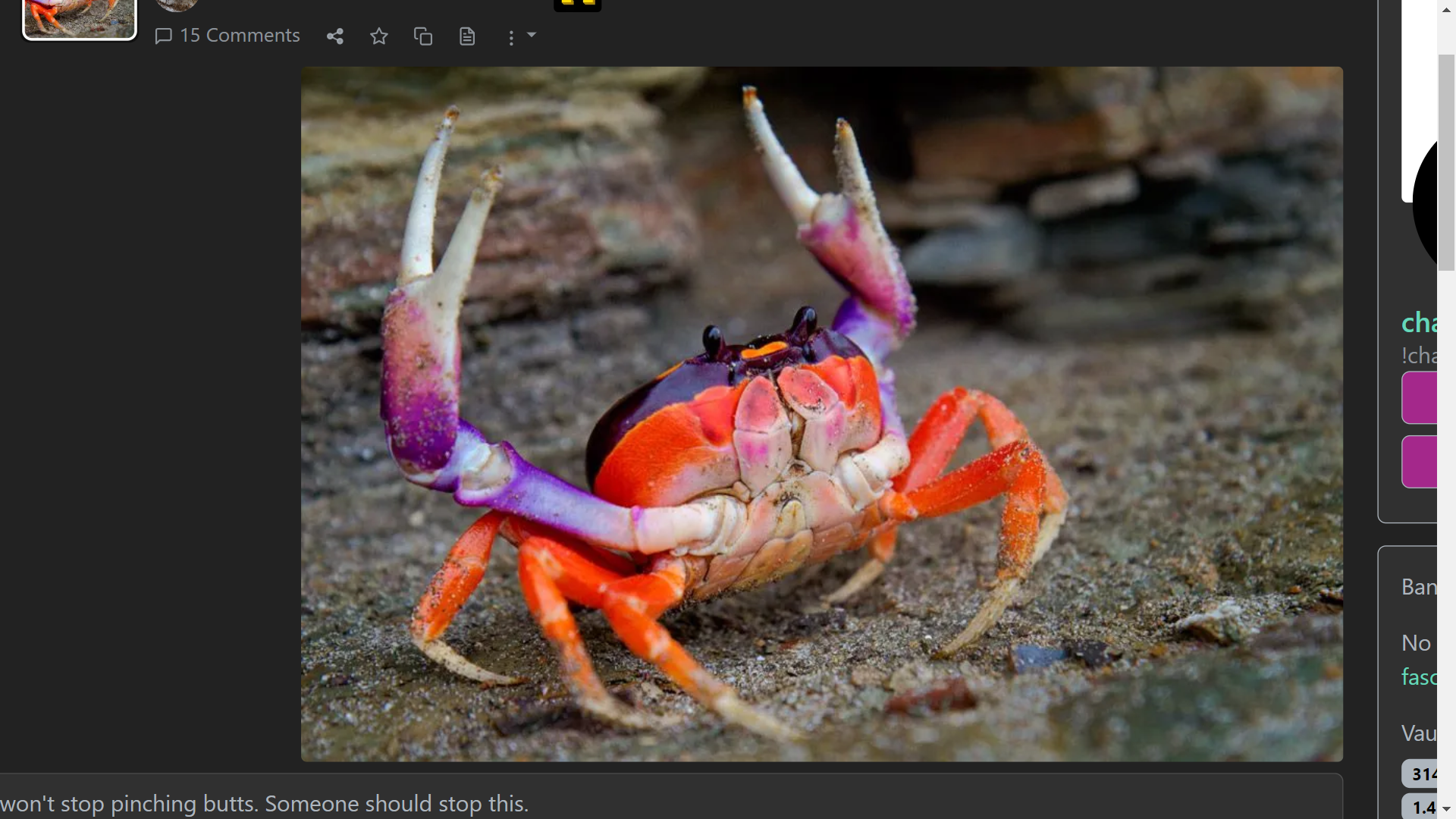The settlement is right at the border of what would be controlled by the Inca government, two millenniums later. It shows that there's some decent access to the region from the west than you'd be led to believe, with the Andes in the way.
As such, if they find other cities further east, I'm predicting that, culturally speaking, they'll resemble nothing this one; even if they happen to be roughly the same size.
People ate maize and sweet potato, and probably drank "chicha", a type of sweet beer.
"If you don't have chicha, any small thing will do." (reference to a certain song)
Serious now. Potentially yucca too - it grows right next door, and if they got maize from North America then they likely traded for crops.
This is the best summary I could come up with:
The houses and plazas in the Upano area in eastern Ecuador were connected by an astounding network of roads and canals.
The area lies in the shadow of a volcano that created rich local soils but also may have led to the destruction of the society.
While we knew about cities in the highlands of South America, like Machu Picchu in Peru, it was believed that people only lived nomadically or in tiny settlements in the Amazon.
The scientists also identified causeways with ditches on either side which they believe were canals that helped manage the abundant water in the region.
"Imagine that you discovered another civilisation like the Maya, but with completely different architecture, land use, ceramics," says José Iriarte, a professor of archaeology at University of Exeter, who was not involved in this research.
Prof Rostain says he was warned against this research at the start of his career because scientists believed no ancient groups had lived in the Amazon.
The original article contains 760 words, the summary contains 162 words. Saved 79%. I'm a bot and I'm open source!




